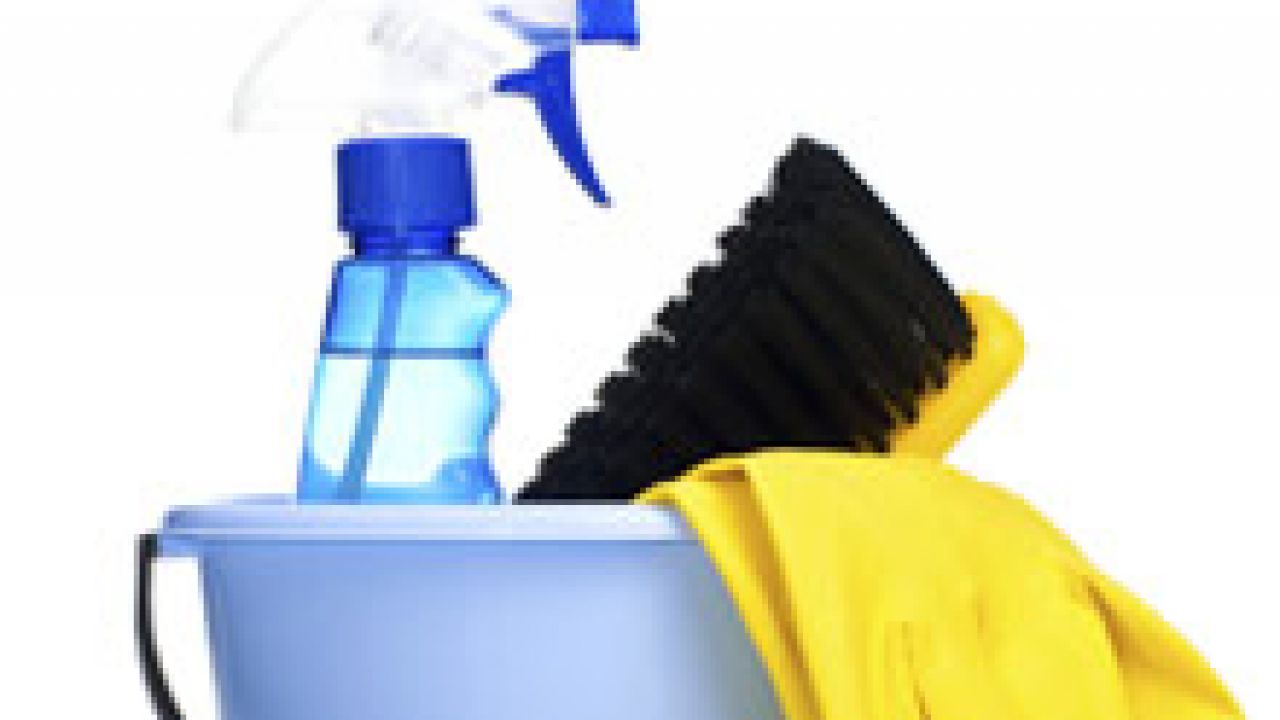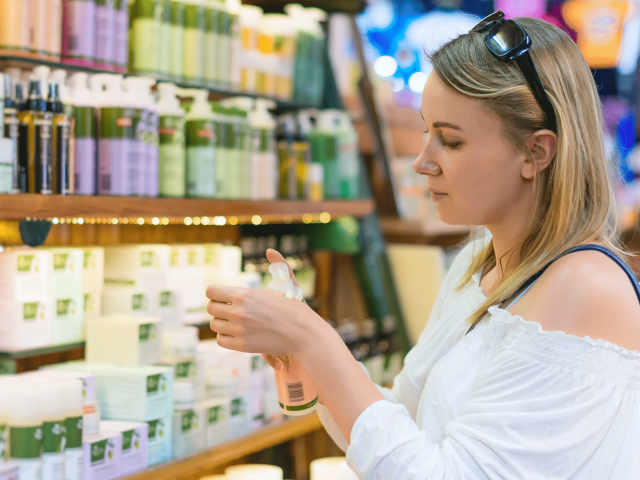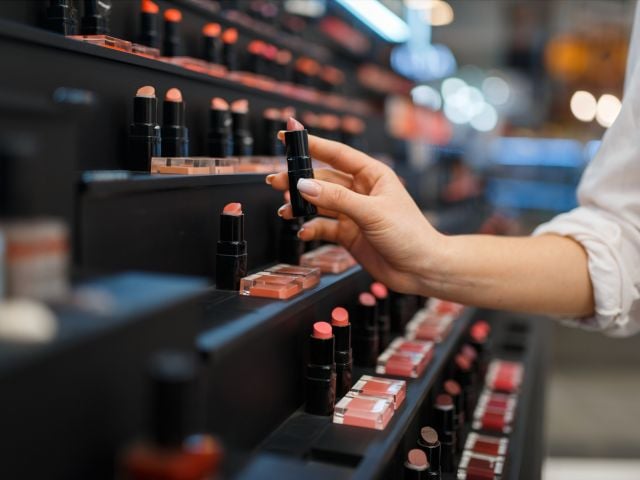
What's in those bottles on top of my washing machine and under my sink? We've been asked that question thousands of times - especially by fans of EWG's Skin Deep Cosmetics Database, who value our brand of analysis that gives them straight facts about what they bring into their homes.
So we decided to create a new consumer guide: EWG's Guide to Healthy Cleaning. There was one hitch, a big one. Food and cosmetics companies are required to disclose all ingredients on their labels. Manufacturers of cleaners aren't required to label their products completely. Even some "green" cleaners makers use vague terms like "surfactant" and "fragrance" that spread a gauzy veil over the facts. As we all know, when it comes to toxic chemicals, absence of evidence isn't evidence of absence. So those of us on EWG's toxic chemicals research team spent 14 months looking not only at product labels but also company websites and technical documents to find out as much as we could about the contents of about 2,000 popular household cleaners. We researched known ingredients and contaminants in 15 government, industry and academic toxicity databases and in published scientific and medical literature. In the end, we didn't find everything consumers have a right to know. But we obtained enough information to create a scoring system. That system uses a series of algorithms to rank products for:
- Hazardous ingredients, possible contaminants and toxic reaction products.Disclosure of ingredients, especially on the label.
Grades drop for:
- Highly acidic or caustic ingredients.
- Violations of state or international cleaners ingredient bans or limits.
- Products that release high levels of smog-forming (volatile) chemicals.
Grades improve for:
- Products certified as "green" by an EWG-reviewed and approved program.
Grades of A go to those products with very low toxicity to health and the environment and extensive ingredient disclosure. An F means the product is highly toxic or makes little to no ingredient disclosure. A product that gets a C means it poses no overt hazards and provides some disclosure of ingredients. We plan to update the guide periodically as the market changes and as more companies formulate their products with less toxic ingredients and disclose their contents more fully. We at EWG do the research so you don't have to. Ultimately, we hope to see the market transformed so that cleaners makers routinely tell their customers what's in the bottle or box. On the label. Not on an obscure website or technical document. Not if he or she calls customer service. When you walk down the cleaning products aisle, you shouldn't have to play guessing games. A complete technical description of the structure, definitions and algorithms used by the EWG scoring system can be found here.



